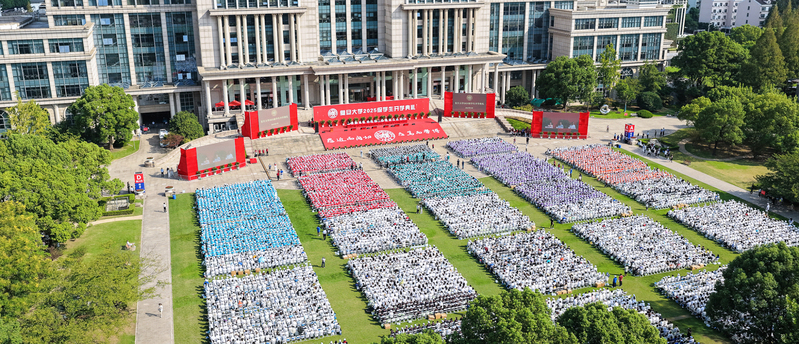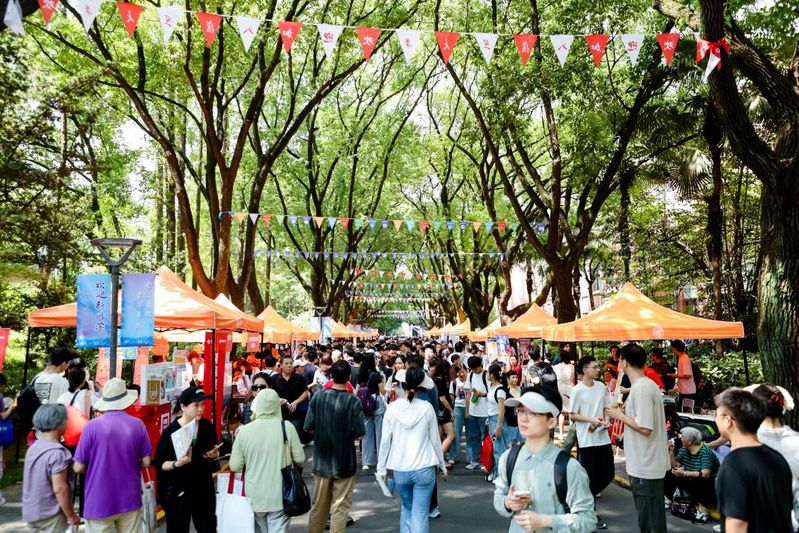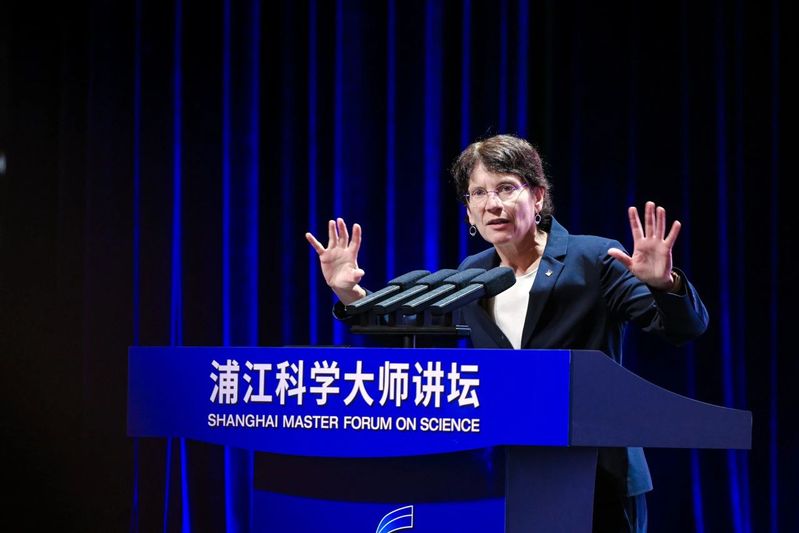In addition to sensing those certain species and substances, it becomes much popular currently to apply fluorescent sensorsin local microenvironments for monitoring behaviours and surroundings in various chemical or biological process. Most of these fluorescent sensors work through the responsive variation of a single emission signal, thus fluctuations in probe concentration or fluid property can easily cause erroneous signalreading during a practical sensing process (Science, 2003, 300, 87; Chem. Rev. 2016, 116, 7768). In recent years, remarkable progress has been achieved to address these disturbance factors by utilizing fluorescence calibration methods. For example, complex fluorescence strategy with a dual-band inverse is a popular and practical self-calibration method (Nat. Chem.2009, 1, 69; J. Am. Chem. Soc.2011,133, 6626). These approaches can also be, however, easily limited by the overlap of background autofluorescence upon using the fluorescence type only(Nat. Chem. Biol. 2018, 14, 15; J. Am. Chem. Soc. 2010, 132, 1276). There remains a considerable challenge to exploring new photoluminescent technique or strategy to simultaneously overcome all these dilemmas.
Recently, Zhu’s group presented a new paradigm for the creation of Fluorescence (FL)–Thermally Activated Delayed Fluorescence (TADF) Dual Emission on a single molecular emitter. TADF emitters have been recognized as the third class OLED materials, as their metal-free long-lifetime emission facilitates smart molecular engineering with improved internal quantum efficiency. The group expected that simultaneous change in emission wavelength and lifetime of the TADF signal from the emitter would ultimately generate a breakthrough to address the above-mentioned obstacles from a multi-mode perspective. In order to achieve the self-calibration purpose, the group’s strategy relies on a dual-emission characteristic, in which the TADF signal served as a sensing signal with its wavelength and lifetime both altered correlated to environmental polarity, whereas the FL one always kept unchanged and played the role as an internal reference. At last, the group demonstrated that a 3-D ratiometric luminescent sensing system upon the ratiometric wavelength (Y-axis) and lifetime (Z-axis) versus polarity (X-axis)can be built, which can be applied to reduce the measurement error by half in average, relative to that with generally using a 2-Dcurve only.
After the establishment of 3-D ratiometric luminescent sensing strategy, the sensor was further applied into a precise detection of the microenvironmental polarity variation in complex phospholipid system both in vitro and in vivo, towards providing new insights for convenient and accurate diagnosis of membrane lesions. This work demonstrated a multiple self-calibration for avoiding the disturbance factors during a practical sensing process to the most extent, when compared with traditional fluorescence and ratiometric fluorescence methods (Angew. Chem. Int. Ed. 2015, 54, 2510; Biomaterials 2018, 164, 98).
The related paper has been published in Nature Communications, with Ms. Xuping Li in the group as the first author.
See details: Xuping Li, Gleb Baryshnikov, Chao Deng, Xiaoyan Bao, Bin Wu, Yunyun Zhou, Hans Ågren, Liangliang Zhu*, A Three-Dimensional Ratiometric Sensing Strategy on Unimolecular Fluorescence–Thermally Activated Delayed Fluorescence Dual Emission, Nat. Commun. 2019, 10, 731.
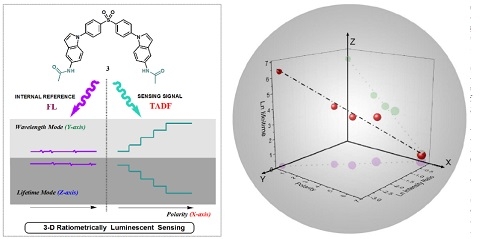
Figure 1. Outline for the construction of a 3-D ratiometric luminescent sensor (wavelength and lifetime ratio versus polarity), with the employment of the TADF from a CT state as a sensing signal, and the FL from the LE state as an internal reference.
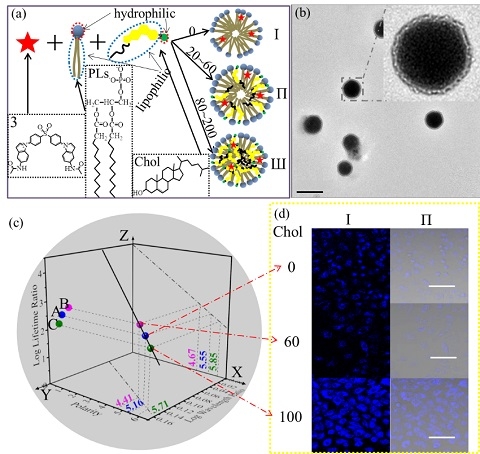
Figure 2. Application of the 3-D ratiometric luminescent sensing strategy in simulated membranes.


